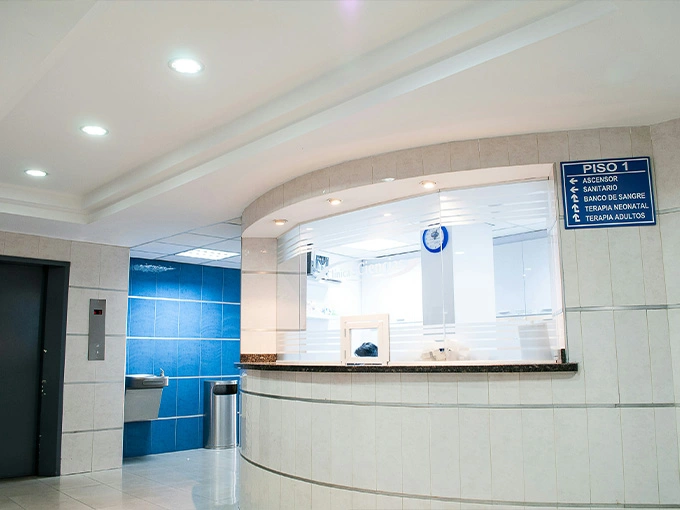

Hospital glass is designed with several key features to meet the unique demands of healthcare environments. These features focus on enhancing safety, privacy, hygiene, and the overall healing environment. Hospital glass is designed with several key features to meet the unique demands of healthcare environments. These features focus on enhancing safety, privacy, hygiene, and the overall healing environment. Certain areas within hospitals require glass that can withstand high temperatures and prevent the spread of fire. Fire-resistant glass helps in compartmentalizing fire, allowing safe evacuation and firefighting operations.
Hospital glass and ordinary glass differ significantly in their properties, applications, and the specific requirements they are designed to meet. While ordinary glass might find its use in general applications like windows, doors, and decorative items in residential and commercial buildings, hospital glass is engineered with advanced features to address the unique challenges and stringent standards of healthcare environments.
Firstly, hospital glass is often tempered or laminated to enhance safety, making it less likely to break and, if it does, to shatter into less harmful pieces. This is crucial in a hospital setting to prevent injuries from glass shards. Besides of that, hospital glass utilizes smart glass technologies, such as electrochromic, liquid crystal, or suspended particle devices, allowing the glass to switch from transparent to opaque for on-demand privacy in patient rooms, consultation areas, etc.